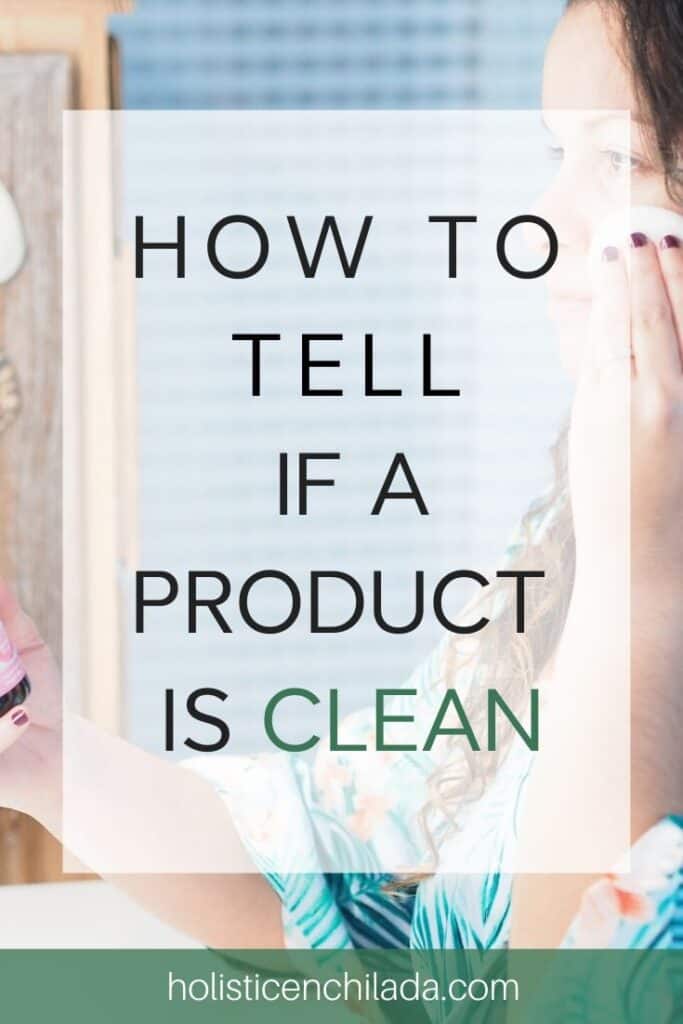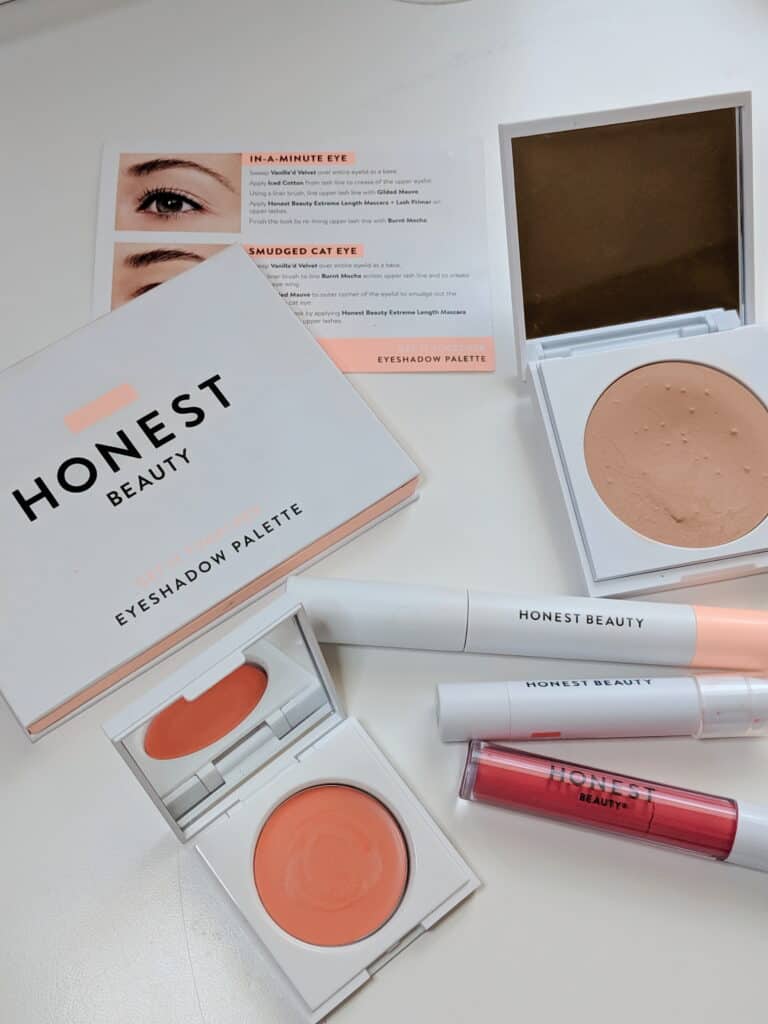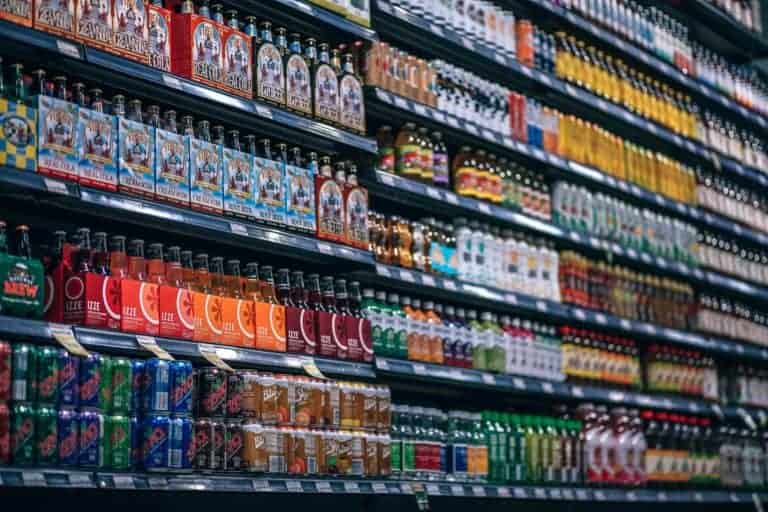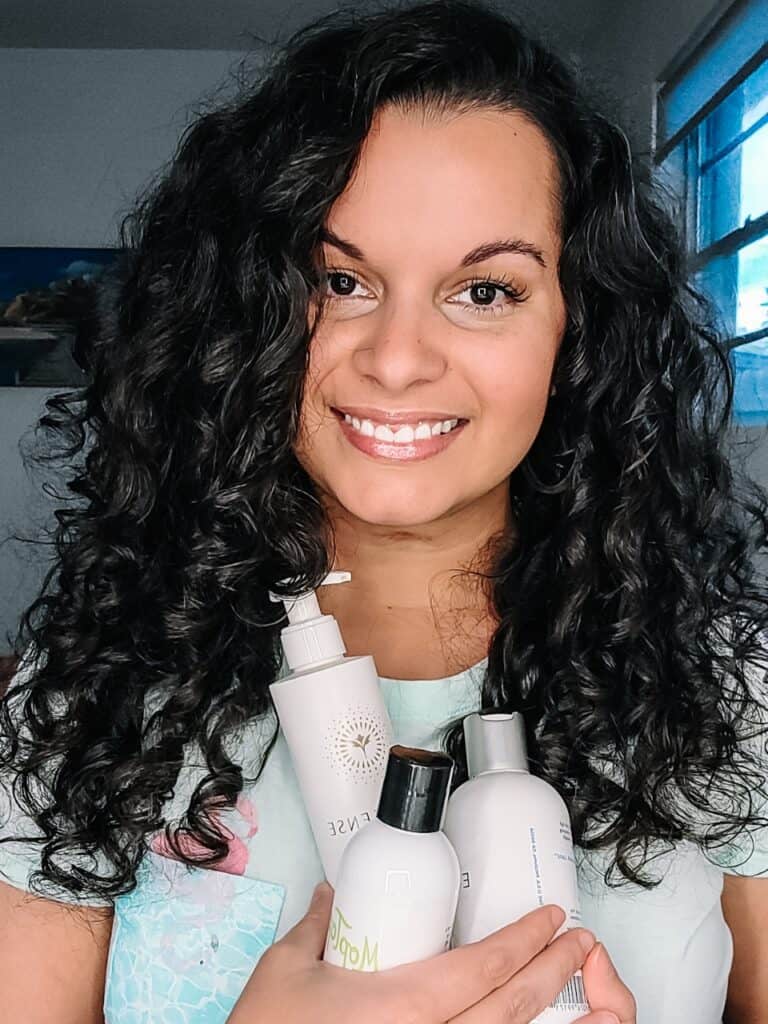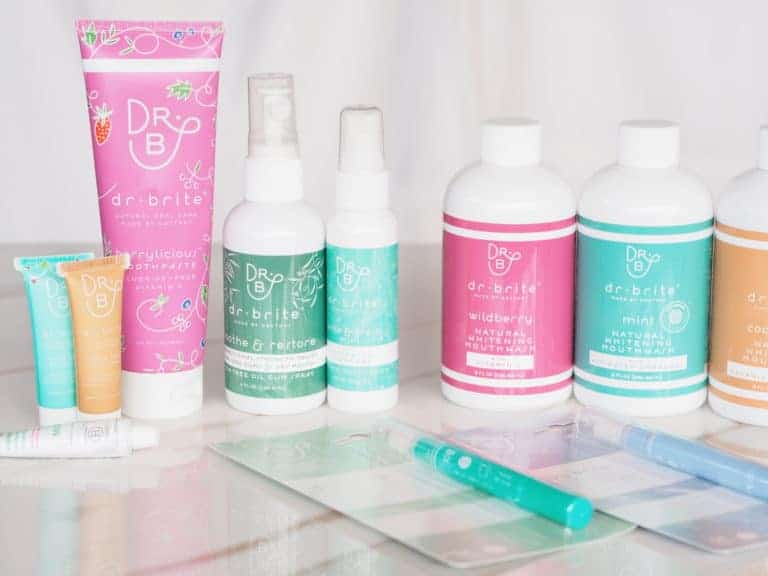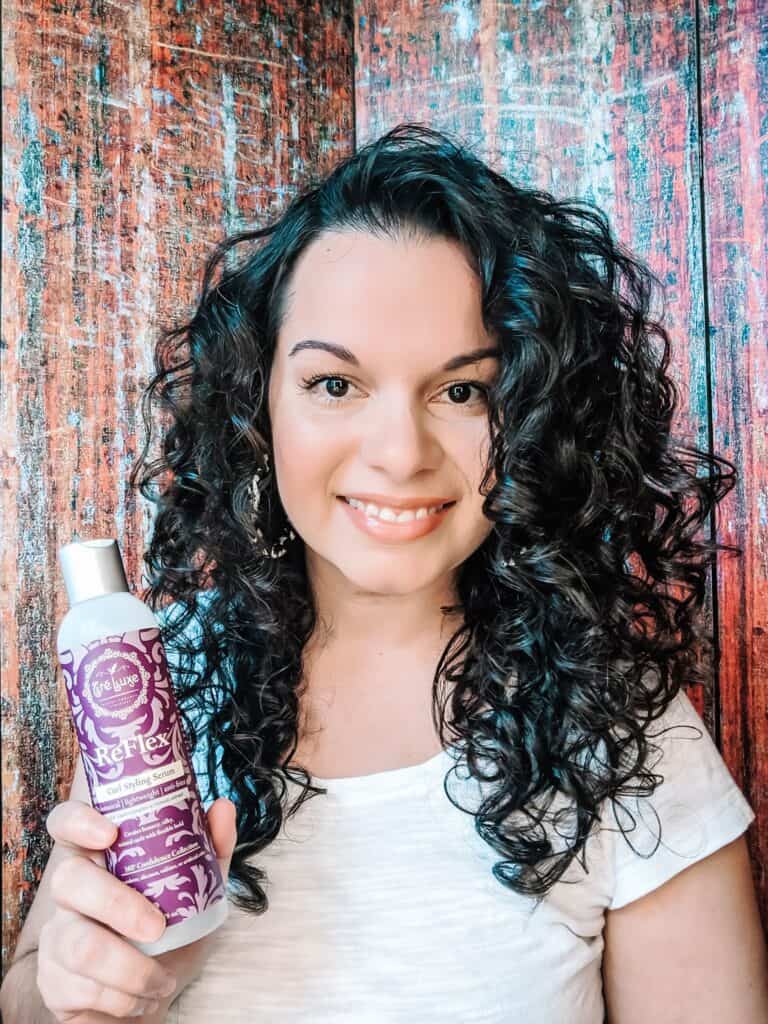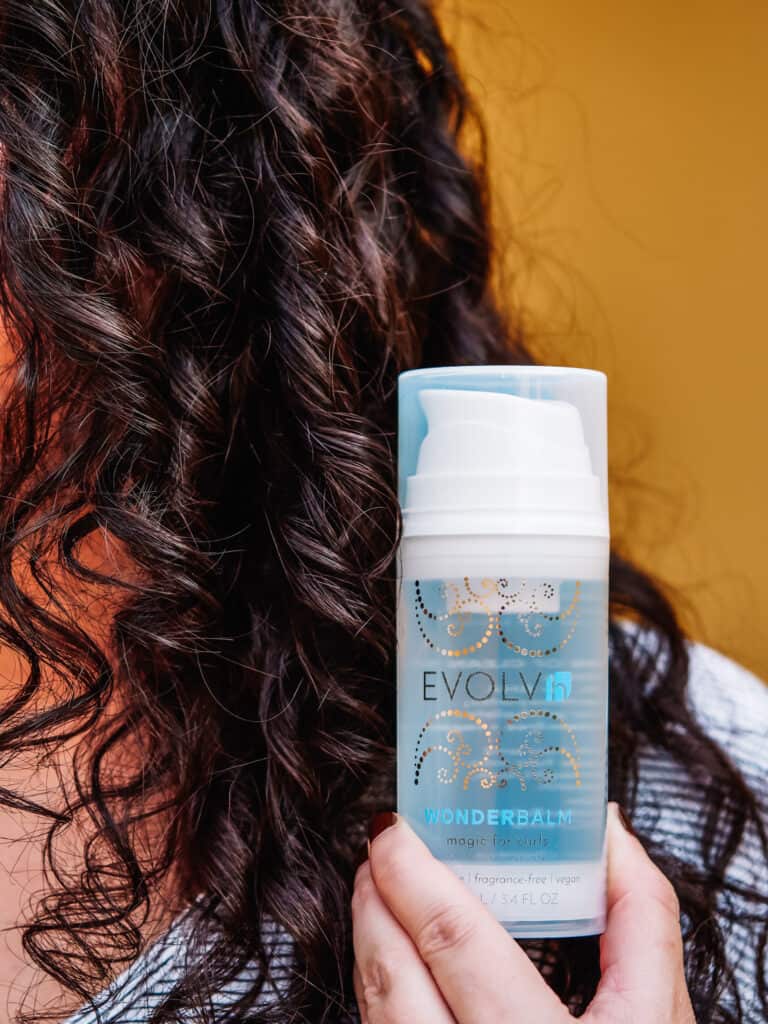How To Tell If A Product Is Clean – Reading Ingredients Labels
This post may contain affiliate links, and I will earn a commission if you purchase through these links. Please read the disclosure policy for more details.
Recently I have had many asking me how they can tell if a product is truly “clean” or not.
This is such a tricky topic because “clean” is subjective. What one person deems “toxic” to them might be fine for you. Also, the dose makes the poison.
So sometimes just because an ingredient is in a product doesn’t necessarily make it bad. It may be included at only 0.01% just to fend off possible bacterial growth, which is obviously something we want.
So how can you tell when to avoid a product or not?
I’m going to share with you the top “toxic” ingredients plus how to determine what is in a product and if it should concern you.
Toxic Ingredients in Personal Care Products
I’ve talked about “toxic” ingredients before so you may be familiar with this topic.
I really hate using the words “clean” and “toxic” because there really isn’t anything that is clean or nontoxic, and anything can be toxic in the right dose, even water.
But I use these words to convey more of the meaning and feeling of using products that have ingredients without any concerns about our health, because that is how people are referring to them. So basically, it’s just so you know what I mean.

The top toxic ingredients in our products
If you want a list of ingredients to avoid, I covered that in this post on nontoxic curly hair care and this post on natural skincare and makeup.
Once you know what you’re looking for it’s much easier to scan for these ingredients while shopping.
Now, to find out if a product has these ingredients in them, all you have to do is turn it around and look at the ingredients list. This is very important because companies can lie on their labels and say things like “paraben-free” if they leave out 1 paraben but contain 2 others. So don’t go by what they say on the front and actually read the list of ingredients.
I have a guide to help you find clean curly hair products in my library of resources. Sign up below to gain access.
How to read ingredient lists
I have heard from many people this is the part they struggle with the most. They don’t understand the words/names used in the ingredients list so they can’t tell if it’s toxic or not.
I get it. Companies often use the Latin names of ingredients that are foreign to us. So an ingredient like water would be listed as aqua. Shea butter is listed as Butyrospermum parkii. This is the universal way of doing it so that no matter which country you are in the standards are the same.
So I get that this can be very confusing. But there are a few apps that can help us.
Think Dirty and the EWG are very popular apps. They take out the guesswork by rating a product with a number from 0-10, 0 being “safe” and 10 being “toxic”. But they have their issues too.
The good thing about them is they list out the ingredients with the individual concerns for each one. So you can see which ingredients are problematic and why, then determine yourself if you want to avoid it.

The problem with ingredient rating apps
I would not base my choice off the rating alone because sometimes just 1 “toxic” ingredient results in a rating of 7 or higher, even though it’s a very small percentage.
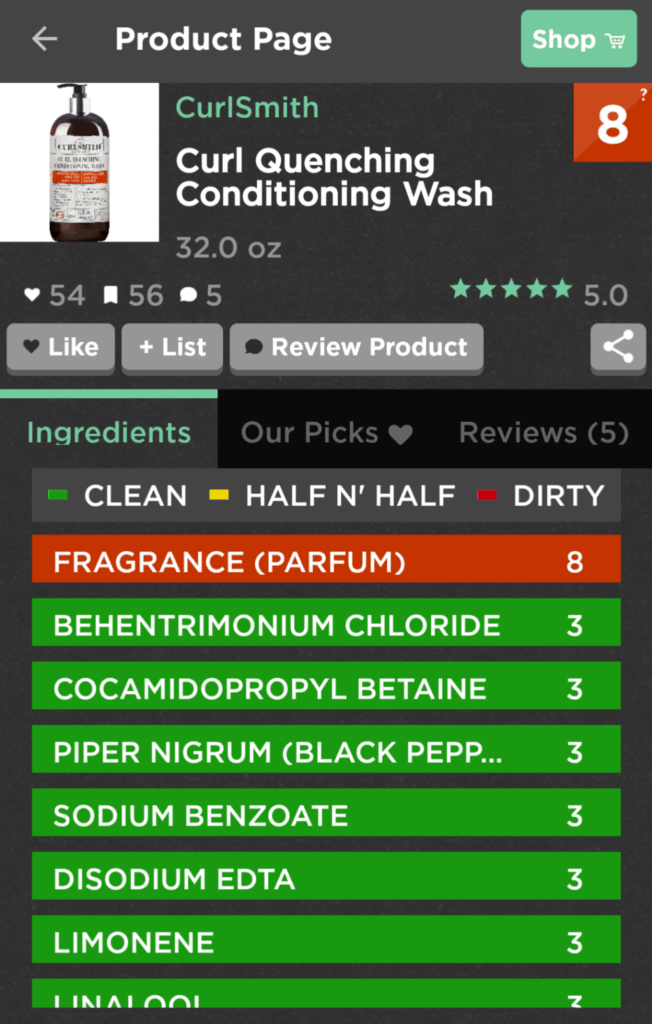
The first few ingredients in a list are the most highly concentrated. The last few are the least concentrated. So let’s take a look at the ingredients in the Curlsmith Curl Quenching Cowash below:

You can see the first ingredient is water, so that means there is more water in this product than anything else. The next highest concentration of an ingredient is the second one, cetearyl alcohol. So it goes on like that down the list. The farther down the list it is, the less of that ingredient there is in the product. Usually, ingredients at the end are under 1%, which would not concern me in regards to those “toxic” ingredients because it’s such an insignificant amount. I would worry if it was towards the top of the list.
Now fragrance is closer to the top so this rating, although higher than it should be, isn’t as bad as this next example. This product also received a rating of 8 because of fragrance.

But you can see fragrance is the last ingredient and it clearly states it’s essential oils, which the app normally rates as a 0. So you can see an issue here with inconsistency.
These apps do not take this into consideration. They have no idea how much of that ingredient is in the product which means their ratings are not that reliable. 85% of an ingredient vs 1% is a huge difference. This is one major flaw.
Another flaw is that sometimes their ingredients lists can be wrong. They rely on brands providing the data and there is no verification. So brands can leave out ingredients and you would only know if you compared what it shows in the app to the product in your hand.
One more flaw is that it has become pay to play. At the end of the day, these apps are trying to make money. Brands pay a fee to be recommended as “safer options” and thus may receive better ratings. Or, as the case is with Made Safe and EWG, they pay to receive a certification, but there is no verification that the product is actually what they say it is. So consumers are led to believe there has been some kind of vetting and that these certified products are better, when in fact, nobody knows.
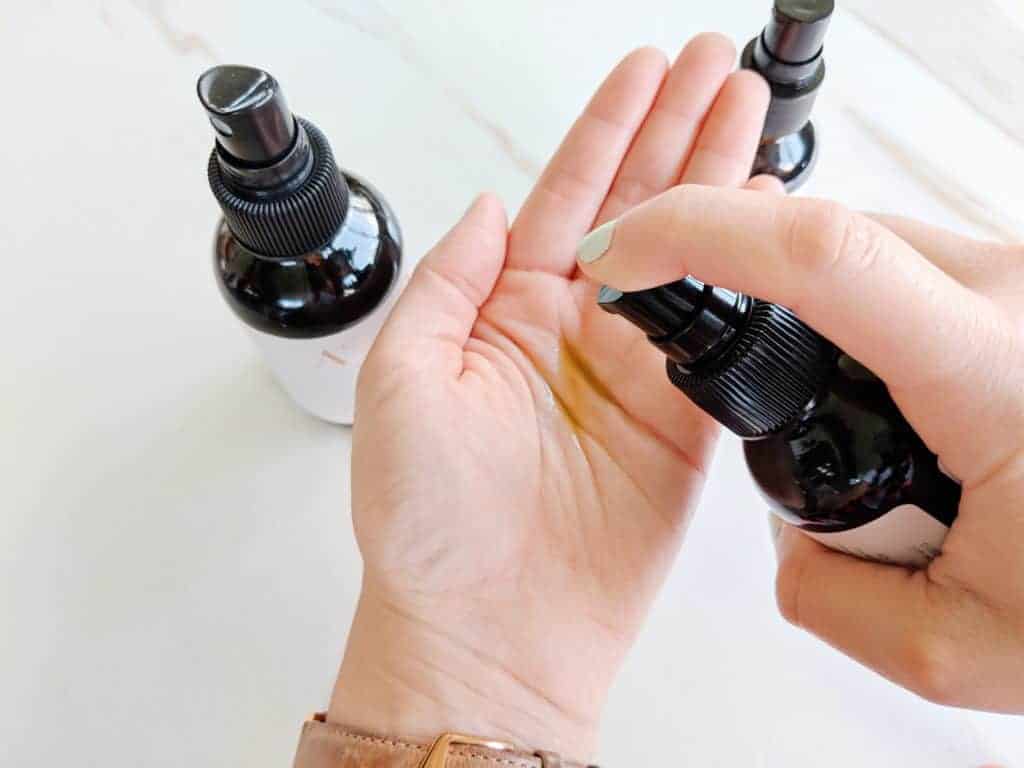
Preservatives
I want to devote a section on preservatives because they are so important. Preservatives prevent harmful bacteria and fungi from growing in the products that we slather on our skin. Without them, we would get skin infections, rashes, and other irritations. They are critical to have in formulations and should not be avoided.
There are some that have been deemed toxic like parabens, but other more natural options have had less testing done and can sometimes cause more irritation and allergic reactions.
So this is an area where you have to look at the research and decide if you want to avoid parabens or not, then watch out for reactions from natural products in case you have an allergy to the natural preservatives.
But if you see a product that says “preservative-free” then run from that. All products SHOULD have preservatives in them to be safe. The last thing you want is to get a skin infection or have hair loss from an unsafe product.
If you would rather opt for more natural preservatives, these are a few of the best options:
- benzoic acid
- sodium benzoate
- phenoxyethanol (this one is controversial)
- benzyl acohol
- dehydroacetic acid
- glyceryl caprilate
- potassium sorbate
- caprylhydroxamic acid and caprylyl glycol (and) glycerin (Spectrastat- Inolex)
- Geogard
- glyceryl caprylate (and) glyceryl gndecylenate
- Naticide
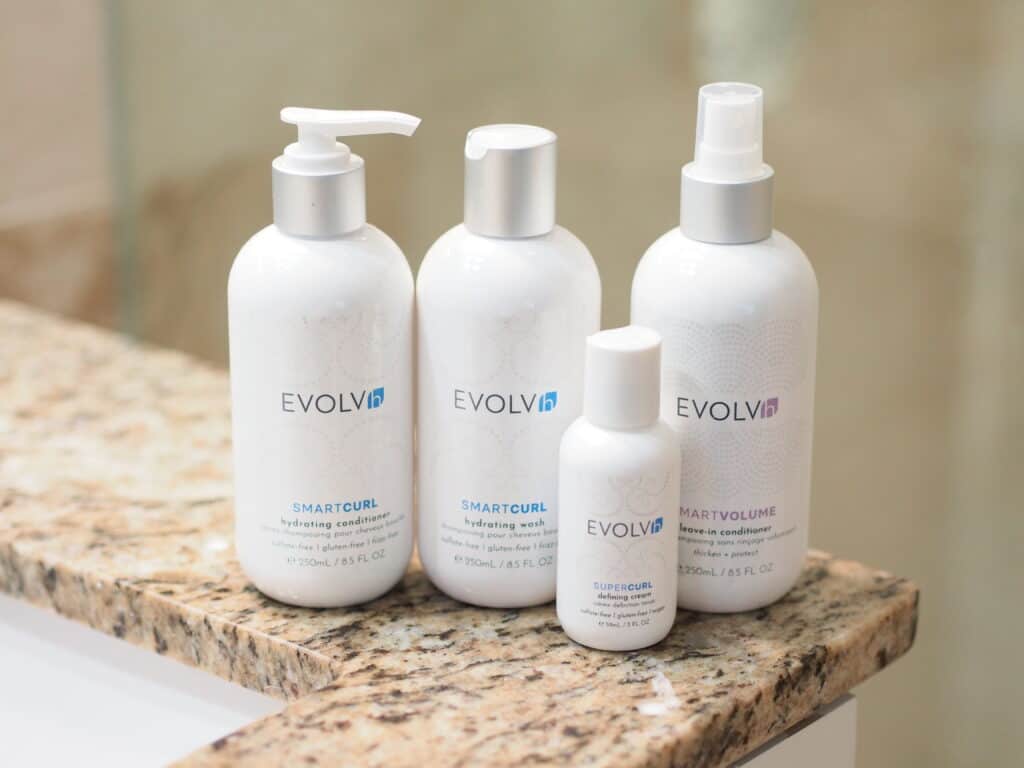
Clean shops and brands
If you want to take the guesswork out of it (and I’m guessing most of you do), you can shop at stores that only stock clean products.
I do recommend you learn about ingredients and continue to read labels though as it’s a great consumer practice in general.
Some shops I recommend are:
- The Detox Market
- Petit Vour
- Credo Beauty
- Pharmaca
- iHerb
- Vitacost
- Sephora – they have a very limited clean section so be careful and read the labels because their definition of clean is very loose
- Target
I also have a few shopping guides and free downloads related to clean personal care products. These are all part of my free library of resources for subscribers so if you want to access them, then get on the list!
- Clean & affordable curly girl shopping guide
- The ultimate guide to clean curly girl products
- The ultimate guide to clean beauty on a budget
Click here to get on the list and access these free guides.
I hope you enjoyed this post. For more clean beauty, check out my other popular posts:
- Affordable Natural & Organic Mascaras
- Natural Skincare Routines for Dry, Acne Prone Skin
- Honest Beauty Makeup Review
- Affordable & Natural Sunscreens
- Affordable & Natural Facial Cleansers Under $15
- The Best Natural Lash & Brow Products
- Affordable Natural & Organic Makeup
- Affordable Natual & Organic Skincare
- Leahlani Skincare Review
Want to remember this? Save How To Tell If A Product Is Clean to your favorite Pinterest board!
